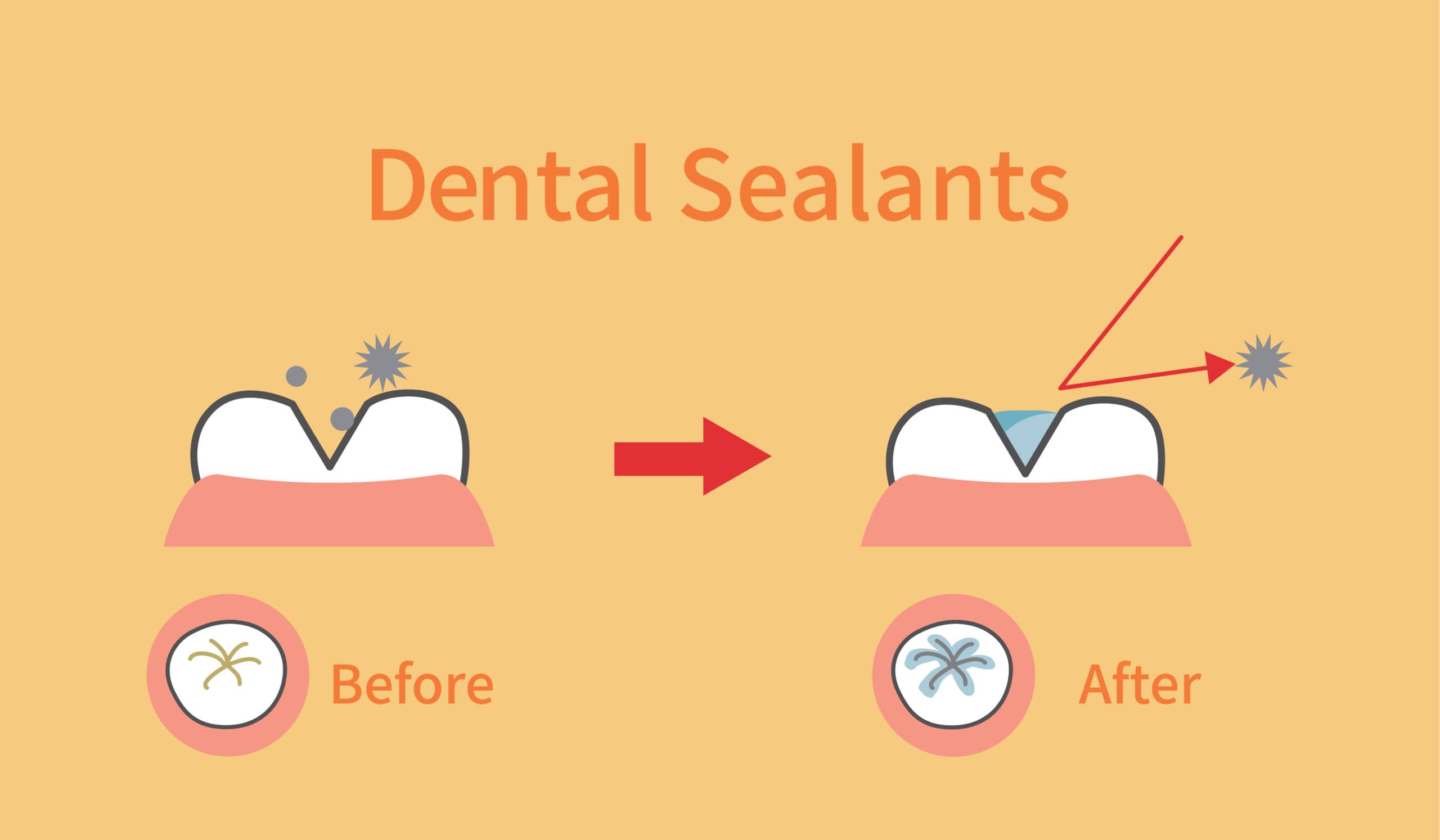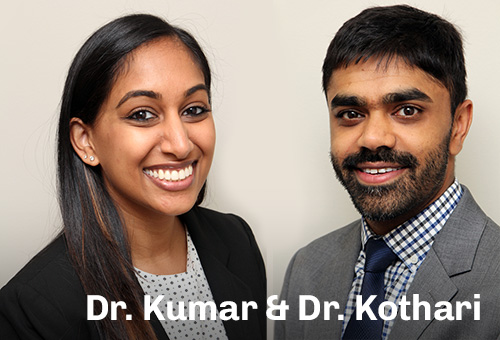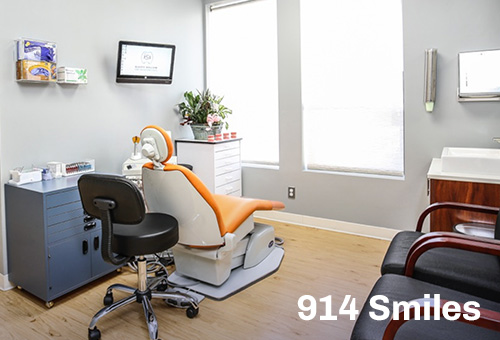
Run your tongue along the chewing surfaces of your teeth and you’ll feel the grooves on your molars and premolars. These grooves provide traction when you chew, which is, of course, a good thing. But, they also give plaque, food particles and acids somewhere to hide, making these teeth the most susceptible to decay.
While this can be a problem in adults, with kids, who often have a sweet tooth and may struggle with keeping the chewing surfaces clean, it’s an even bigger concern. That’s where protective dental sealants come in. In this post, Tarrytown pediatric dentist Dr. Reshma Kumar and the team at 914 Smiles will be covering what dental sealants are, how they work, and why kids should get them.
What are Dental Sealants?
Dental sealants are painted onto the chewing surfaces of the permanent molars and, sometimes, the premolars too. What are dental sealants made of? Typically, sealants are made of a plastic-type resin, though there are other materials available as well. In any case, once the sealant is applied to a tooth, it seals the pits and grooves of the chewing surface and forms a protective layer to keep food particles, bacteria, and acids from penetrating and causing tooth decay.
When Should Kids Get Dental Sealants?
Dental sealants are rarely used on baby teeth and, instead, protect the permanent teeth. At 914 Smiles, we recommend that kids have their first permanent molars, also called the six-year molars, and second permanent molars, also called the 12-year molars, sealed as soon as they come in. This will keep cavities away before they have a chance to start. Depending on your child’s risk for tooth decay and how well they do with brushing and flossing, you might also want to have their premolars sealed too.
What about dental sealants for adults? While dental sealants are most commonly used for kids, adults can sometimes get sealants as well. If you’re interested, talk with your dentist to find out if it’s a good option.
What are the Benefits of Dental Sealants?
The main benefit of dental sealants is that they prevent tooth decay in kids and, in turn, the need for invasive, expensive treatment. According to the Centers for Disease Control (CDC), studies have shown that sealants can reduce the risk of tooth decay by up to 80% in the back teeth where 9 in 10 cavities occur. The organization also reports that school-age kids without dental sealants have nearly three times more first molar cavities than kids with sealants.
Another reason sealants are so great? Getting them is quick, painless, and affordable!
How Does the Dental Sealant Procedure Work?
Getting dental sealants is a breeze! Dr. Kumar will evaluate your child’s back teeth and then clean and dry them. She’ll apply a gel that roughens up the tooth surfaces in order to create a strong bond with the sealant. She’ll rinse off the gel, dry the tooth again and paint the sealant onto the tooth’s chewing surface. Finally, Dr. Kumar will cure, or harden, the sealant with a special light. That’s it! The whole process only takes about 15 minutes.
How Long Do Dental Sealants Last?
The National Institutes of Health reports that dental sealants can last up to 10 years. Sealants will deteriorate over time and can fall out. When your kiddo visits 914 Smiles for a dental exam and cleaning, we’ll check their sealants to make sure they’re still in place and doing their job. If necessary, we can repair or replace sealants.
Are Protective Dental Sealants Safe?
Yes, dental sealants are safe for kids. You might have read about some dental sealants controversies. One point of debate is that some think sealing a tooth with an existing cavity will trap the decay beneath the material, allowing it to go undetected or even cause it to get worse.
In actuality, evidence suggests that placing sealants on non-cavitated carious lesions (very, very early tooth decay that hasn’t turned into a cavity yet) can actually stop the progression of the decay. Additionally, Dr. Kumar is a pediatric dental specialist and is well versed in placing dental sealants. She thoroughly evaluates your child’s teeth to make sure sealants will be a good solution for them.
Another dental sealant controversy concerns whether or not sealants with BPA are harmful. At 914 Smiles, we use BPA-free dental sealants to put parents’ minds at ease. However, research has shown even sealants with BPA are fine. In fact, according to the American Dental Association, the amount of BPA in a sealant isn’t enough to cause harm and you’d get more exposure to BPA by “touching a receipt, using cosmetics or coming in contact with dust.”
How Much Do Dental Sealants Cost?
The cost of dental sealants depends on how many teeth we’re sealing. Since dental sealants are considered preventative, they’re covered by many dental insurance plans. By helping your child avoid cavities and the associated treatment, the procedure will save you time and money in the long run.
Interested in Kids’ Dental Sealants in Tarrytown, NY?
If you’re ready to seal out cavities on your child’s teeth and get personalized recommendations for keeping their smile healthy, schedule an appointment with our Tarrytown pediatric dentist at 914 Smiles!



